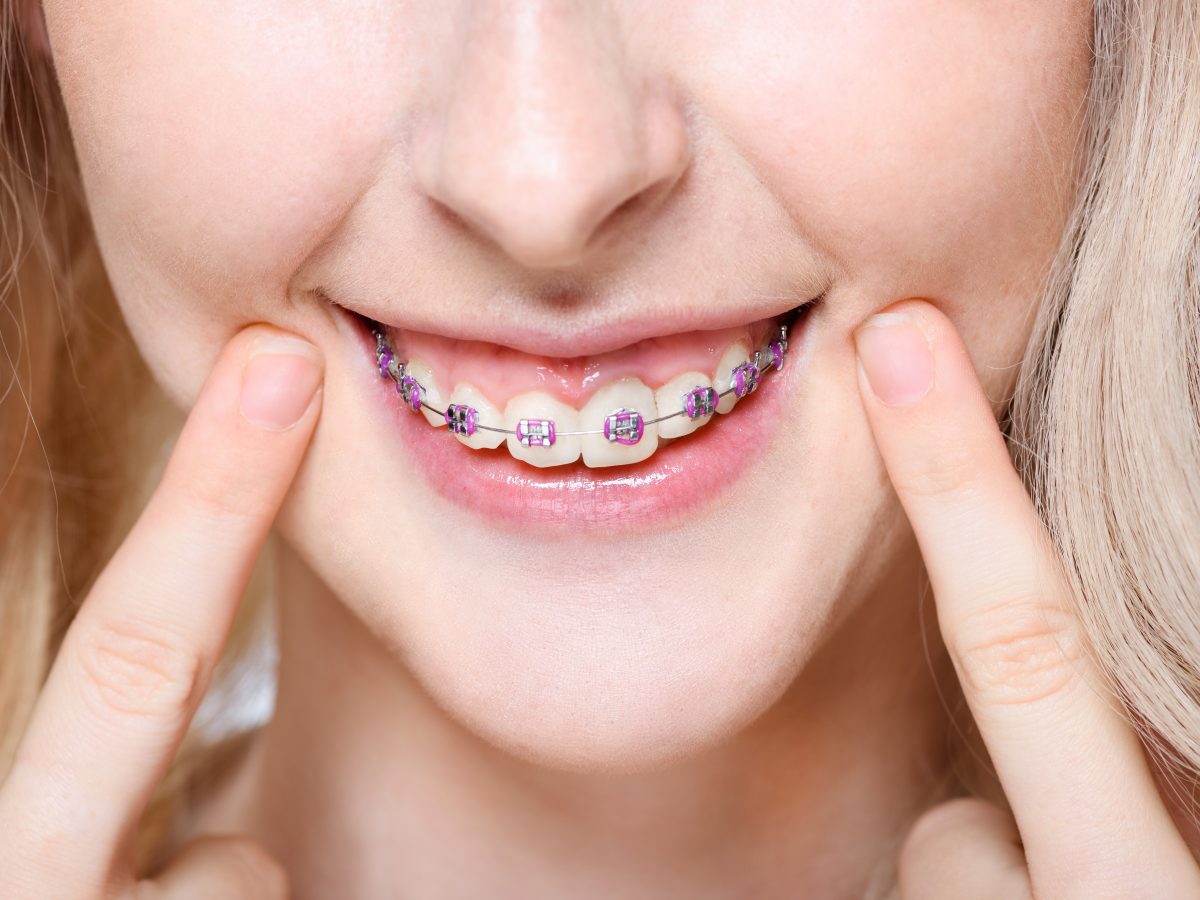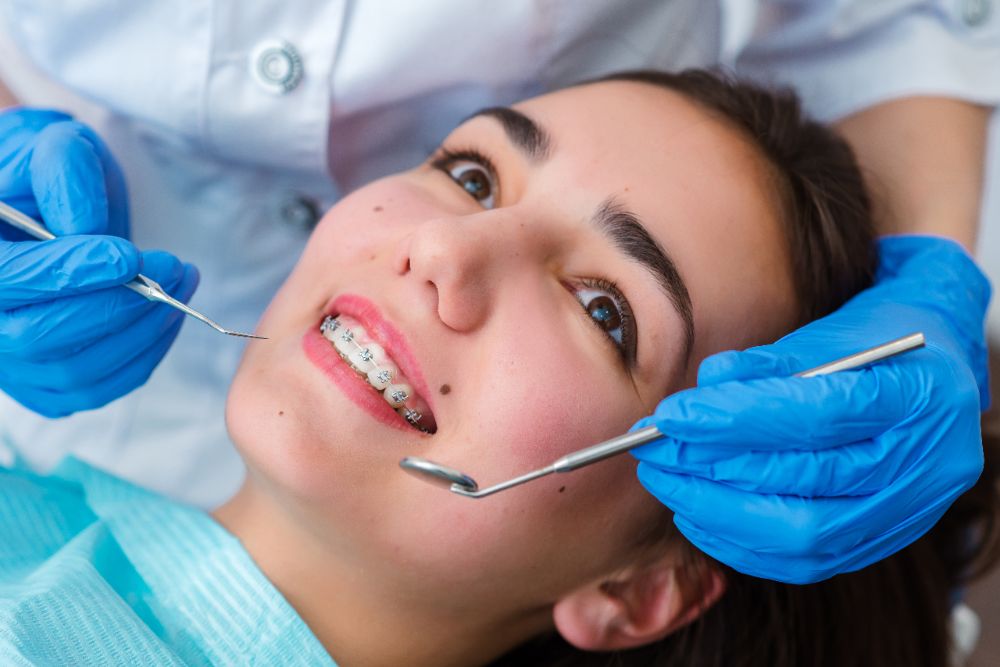Why Cumming Invisalign is the Perfect Choice for a Discreet Orthodontic Solution
Comprehensive Guide to Orthodontics Procedures for Remedying Oral Misalignments
In the realm of orthodontics, the trip to achieving a flawlessly aligned smile includes a myriad of treatments customized to correct oral misalignments. From traditional braces to unseen aligners and also surgical choices, the area of orthodontics supplies a series of services to attend to varying degrees of dental abnormalities. Recognizing the intricacies of each procedure, including their mechanisms, advantages, and potential drawbacks, is important in making notified choices concerning one's orthodontic treatment. As we navigate with the extensive overview to orthodontic procedures for remedying dental imbalances, the intricate details of each method will unravel, losing light on the course toward a harmonious and useful dental alignment.
Orthodontic Procedures Introduction

Regular modifications and monitoring are vital components of orthodontic treatment to make certain progress is on track and to make any required adjustments along the means. By undergoing orthodontic procedures, patients can not only achieve a straighter smile however additionally boost their total dental wellness and feature.
Typical Dental Braces: Just How They Function
When considering orthodontic treatments for oral misalignments, conventional dental braces stick out as a reliable technique for correcting teeth placing. Conventional dental braces include brackets, cords, and bands that collaborate to use continuous stress on the teeth, slowly relocating them into the desired placement. The brackets are connected to the teeth utilizing an unique adhesive, and the wires are threaded via the brackets. By changing the stress of the wires, orthodontists can control the direction and pressure put on each tooth, directing them right into appropriate placement in time.
As stress is used to the teeth with the braces, the bone bordering the teeth is improved to sustain the new tooth placements. Patients will require normal adjustments at the orthodontist's office to ensure the braces proceed to use the proper stress for reliable teeth activity.
Unnoticeable Aligners: Advantages And Disadvantages
These clear, custom-made trays are virtually invisible when used, making them an appealing alternative for individuals looking for a much more aesthetically pleasing orthodontic therapy. Clients can get rid of the aligners before consuming or brushing their teeth, reducing the danger of food obtaining stuck in the device and simplifying the cleansing process.

Surgical Orthodontic Options
Surgical interventions in orthodontics present practical choices for attending to complicated dental misalignments that may not be successfully settled via standard orthodontic therapies. While typical dental braces and unseen aligners can deal with read this post here several orthodontic concerns, specific situations require medical treatment to accomplish ideal results. Surgical orthodontic options are typically recommended for extreme malocclusions, considerable jaw disparities, and situations where the underlying bone structure needs alteration to accomplish appropriate alignment.
One usual medical orthodontic treatment is orthognathic surgical treatment, which includes repositioning the jaws to correct useful problems such as difficulty eating or speaking. This surgical procedure is usually done in cooperation with an orthodontist who helps align the teeth oral implants prior to and after the procedure. Surgical orthodontics might likewise entail procedures to reveal affected teeth, eliminate excess gum cells, or reshape the jawbone to produce a more unified facial account.
Prior to considering medical orthodontic options, people go through a thorough examination to determine the requirement and potential advantages of such interventions. cumming orthodontics. While surgery might appear complicated, it can significantly enhance both the feature and looks of the smile in cases where traditional orthodontic therapies fail
Retainers and Post-Treatment Care

Post-treatment care includes adhering to the orthodontist's instructions vigilantly. This might consist of proper oral hygiene methods, participating in follow-up visits, and wearing the retainers as recommended. Failing to follow post-treatment care directions can result in regression, where the teeth progressively return towards their original positions. Regular retainer wear, good dental health, and normal oral exams are vital for preserving the results attained through orthodontic surgery and guaranteeing the long-lasting stability of the fixed dental positioning.
Conclusion
In verdict, orthodontic procedures offer different dentist near by options for remedying dental imbalances. Surgical orthodontic choices are readily available for a lot more severe imbalances. Overall, orthodontic treatments can effectively enhance oral health and visual appearance.
As we navigate via the comprehensive guide to orthodontic procedures for correcting oral imbalances, the elaborate details of each method will certainly unravel, shedding light on the path towards a harmonious and useful oral alignment. - cumming orthodontics
One of the most common orthodontic treatments is the use of dental braces, which consist of steel braces and wires that use gentle stress to slowly move teeth right into the preferred position.When taking into consideration orthodontic treatments for dental misalignments, traditional braces stand out as a tried and true approach for fixing teeth positioning. Additionally, undetectable aligners may not be ideal for complicated orthodontic concerns that need even more substantial teeth movement, as they are commonly recommended for moderate to moderate situations. Retainers are custom-made orthodontic tools designed to hold teeth in their corrected positions after the completion of orthodontic treatment.